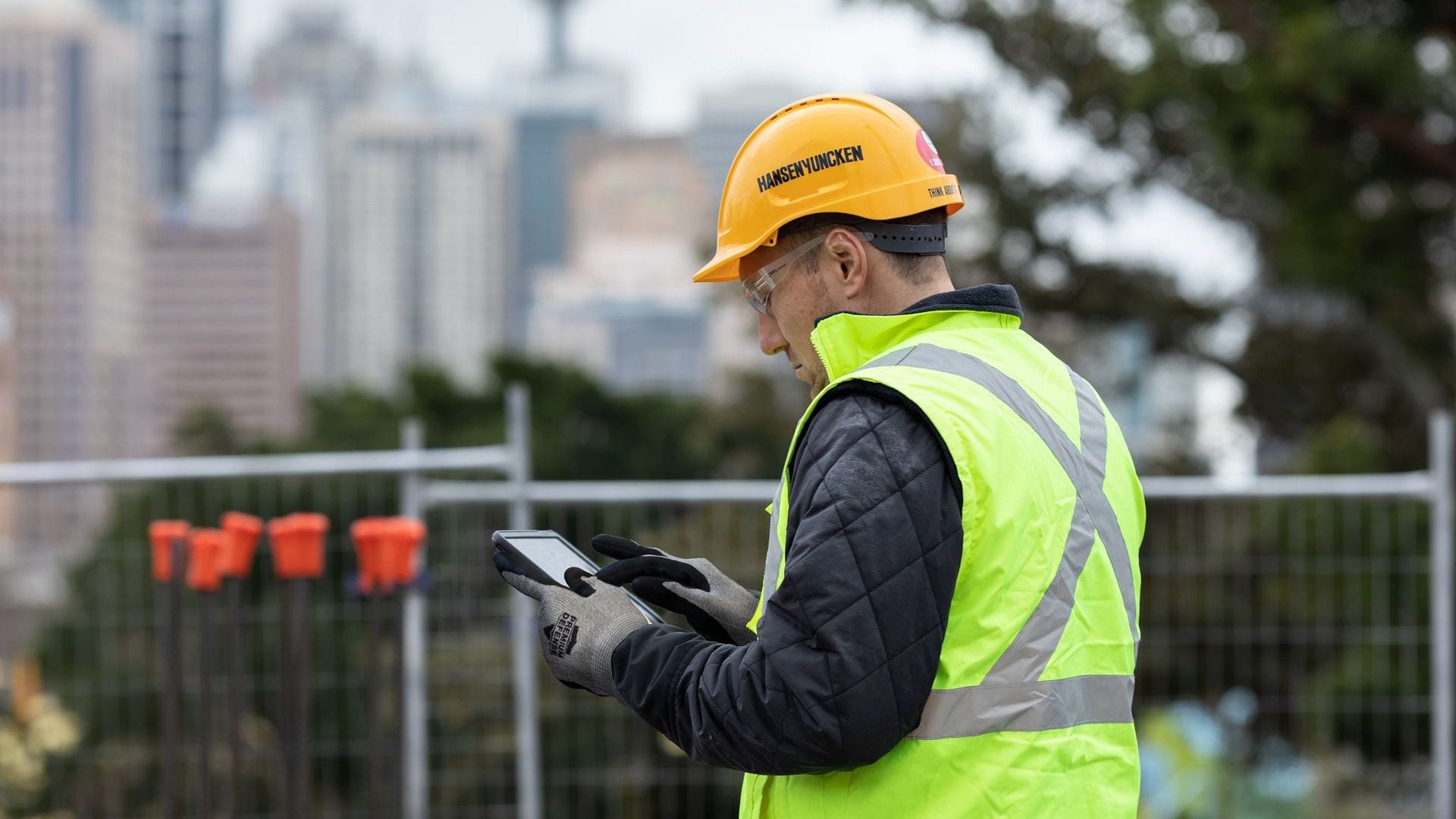Help us improve your experience. See content that is made for you!
See how IBM increased their efficiency by up to 30%!

Help us improve your experience. See content that is made for you!
See how IBM increased their efficiency by up to 30%!


I was delighted to be asked to play an active role at the recent Construction Industry Research and Information Association (CIRIA) virtual event - The new age of construction: technology as an enabler.
I was tasked with hosting a breakout session on the impact of processes on technology adoption, with a focus on design and procurement. The goal of the session was to engage on the challenges we’re faced with and explore the opportunities for technology – where we can and should focus next in each of these areas.
In the closing session of the day, I reported back to the wider attendee group on the collated responses around how we drive the modernisation of the construction ecosystem. In this piece I’d like to examine some of the key themes that came up.
I’d like to say firstly that chairing the group was a privilege. All delegates were open, enthusiastic, and interactive. The discussion threads were as wide-ranging as the list of sectors the group represented, which included tunnel engineering, nuclear, construction quality assurance, environmental engineering and offsite construction.
The first point I fed back to the wider group was that across architecture, engineering and construction (AEC) we cannot ignore the fact that some are still to be persuaded to make the move from paper or to a model-based approach, which is particularly true onsite where paper drawings and forms are held in a high regard in comparison to the, actually much quicker and easier, use of equivalents in mobile solutions. This challenge remains with the readiness of industry professionals, trades and at the client level.
There was also a point made about supply chain. Introducing technology and processes at higher tiers of the supply chain is one thing but trying to convince those at the lower tiers who may not have the capacity to invest in technology, or are not being engaged or educated correctly is something completely different. And in some cases, the technology may not be suitable for the tasks they’re designed for and the situations they’re designed to be used in.
We tackled the question - do procurement processes restrict technology adoption? One contributor said that his company is slow to embrace BIM because of the security constraints and there being an unwillingness to adopt a CDE and cloud solutions. But the counter question is, is it any less secure that what we’ve done in the past? We have new risks, but not necessarily any more significant than those posed by using paper.
Many of the group highlighted the barriers that procurement can still create which can prevent process improvements and technology adoption in projects; contracts can been slow to specify new deliverables or encourage innovation. There’s a lack of clarity on the potential benefits that change can bring to the project and delivered asset, with lowest cost still seen as the easiest measure and default decider in tenders.
There was concern amongst the group that we are also not leveraging the opportunity presented by the vast amounts of data we are now collating. Some owners are already sitting on substantial datasets that need to be used internally and by their suppliers. Too often however the data is accessed only be a few specialists and even ignored or forgotten once created. When more organisations get smarter at ensuring their data is high-quality, is maintained, and gets used, it may be the game changer to make digital the new normal.
Multi speed adoption was a theme we touched on – some levels/teams are quick adopters while others not. We are seeing huge advancement in technology, rapidly which may feel to some like the goalposts are constantly being moved.
The group also acknowledged a degree of technology scepticism, with over-sold potential by software specialists, coupled with a shortage of demonstrable benefits for all project participants. There seems to be a winner and losers view of technology where the benefit is not being shared by all either because some are more capable of implementing new solutions or because some must add more effort but gain no obvious returns; changes need to be equitable, and investments balanced.
The challenge here is complex. How can we leverage what we’ve got in terms of technology and data and bring the industry up to speed, as all the while technology is changing?
We spoke about a cost-based mentality that still pervades, rather than value. We’re still looking for the lowest cost as opposed to the best solution. It was pointed out that ‘cost’ is easy to quantify, but we need to move from the short-term thinking to looking at ‘value’ derived from technology over the longer-term.
A final sentiment raised was that there needs to be a realisation or acknowledgement that traditional ways of working are not in some way better or less risky than investment and adoption of technology enabled digital workflows. We have to get away from accepting waste, error, re-work as ‘just the way it is’ in the AEC industry; it can be more exciting, fun and stimulating by making technology an enabler of a new age of construction.
After presenting these findings, we closed with a discussion on the level of confidence we have in making the progress we need to see. As you’ll realise having read this far, we still have many challenges to overcome, but there is no doubt that technology will be the key driver in overcoming the barriers we’re presented with.
Whilst its quite easy to focus on the challenges, we should also look how far we’ve come. We should acknowledge the fact that we, in the UK, are at the forefront of driving digital transformation. We’re reacting well and making changes in process, procurement and technology, we’re leading initiatives that bring about real change and we’re seen as leaders in this area.
One delegate cited the fact that we are no longer talking to early adopters about technology, we’re now talking to main body of businesses in the UK who are adopting new approaches and new ways of thinking. It’s clear that discussion is beyond just the need for technology and is now more centred on how technology can be used to move their business forward.
So, in closing I’d like to offer a quick, commonly used but appropriate summation -- a lot of good work done, more to do.

May we collect and use your data?
Learn more about the Third Party Services we use and our Privacy Statement.May we collect and use your data to tailor your experience?
Explore the benefits of a customized experience by managing your privacy settings for this site or visit our Privacy Statement to learn more about your options.